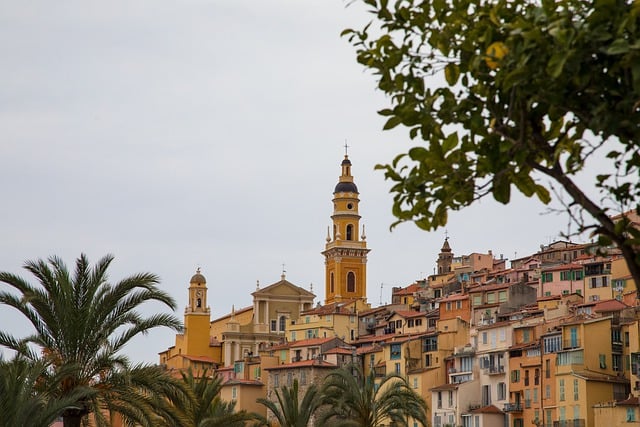In Karachi, Pakistan's largest city, understanding area proximity is crucial for navigating its dense population and labyrinthine layout. Knowledge of proximity to landmarks like transport routes, commercial hubs, and recreational areas influences property values and aids daily navigation. Urban planning leverages optimized transport networks, public spaces, and technology to enhance accessibility and reduce congestion. Area proximity also shapes the social fabric, affecting community dynamics and cultural interactions in this diverse metropolis.
Exploring the concept of area proximity in Karachi, this article delves into its multifaceted impact on the vibrant urban landscape. We analyze how lines and spatial relationships shape neighborhood dynamics, influencing real estate trends, property values, transport networks, and social interactions. Understanding these factors is crucial for navigating Karachi’s evolving urban fabric, from development planning to community engagement. Discover insights that illuminate the intricate relationship between area proximity and the unique character of this dynamic metropolis.
- Understanding Area Proximity in Karachi's Urban Landscape
- The Impact on Real Estate and Property Values
- Transport and Infrastructure Considerations
- Social and Cultural Implications for Neighborhood Dynamics
Understanding Area Proximity in Karachi's Urban Landscape
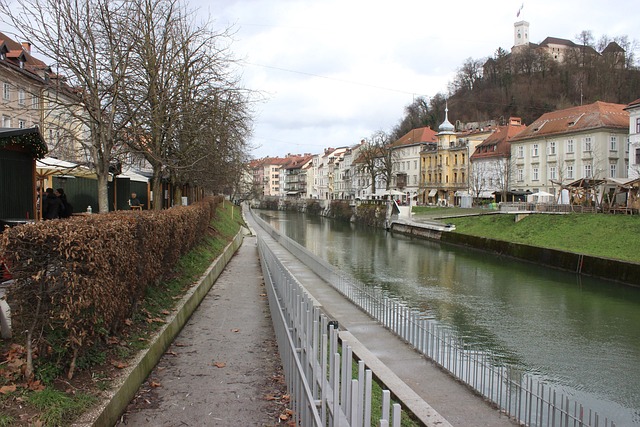
In Karachi, Pakistan’s largest metropolis, understanding area proximity is crucial for navigating its bustling urban landscape. The city’s dense population and labyrinthine streets create a unique dynamic where distance isn’t always a reliable indicator of time or accessibility. Area proximity in Karachi transcends simple geographical measurement; it encompasses the vibrant tapestry of neighborhoods, markets, and cultural hubs that weave together the fabric of this vibrant city.
The concept is especially relevant for folks who hustle and bustle through Karachi’s daily life. Whether it’s accessing essential services, commuting to work, or exploring local attractions, knowledge of area proximity can significantly enhance navigation and optimize time management in a city where every corner holds the promise of new experiences. In light of this, technology plays a pivotal role in mapping out these intricate relationships, revolutionizing how Karachis interact with their urban environment.
The Impact on Real Estate and Property Values
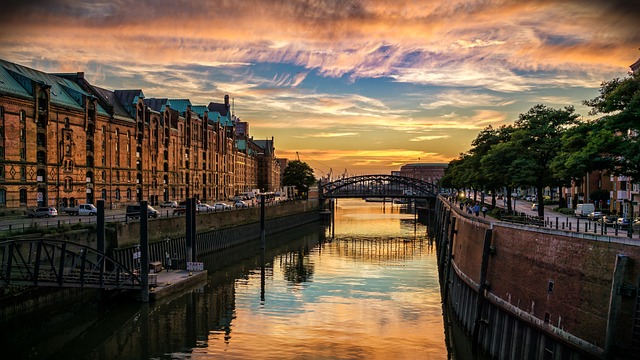
The location of a property plays a pivotal role in determining its value, and this is especially true for Karachi, one of Pakistan’s most vibrant urban centers. The concept of ‘lines area proximity’ refers to how close a property is to various lines—be it transportation routes, commercial hubs, or recreational areas. In Karachi, where the real estate market is bustling with activity, being in close proximity to these lines can significantly impact property values. For instance, properties near main roads or transport corridors often command higher prices due to easier accessibility and connectivity. This convenience factor attracts buyers and investors alike, driving up demand and, consequently, property rates.
Moreover, areas close to commercial centers, business districts, or educational institutions experience a surge in desirability. The proximity to these ‘hotspots’ adds value to properties, making them more appealing to residents and tenants. In Karachi’s competitive real estate market, understanding the impact of lines area proximity is crucial for both property owners and investors. This knowledge enables them to make informed decisions regarding purchasing or developing properties, ensuring they capitalize on the right locations to maximize returns.
Transport and Infrastructure Considerations
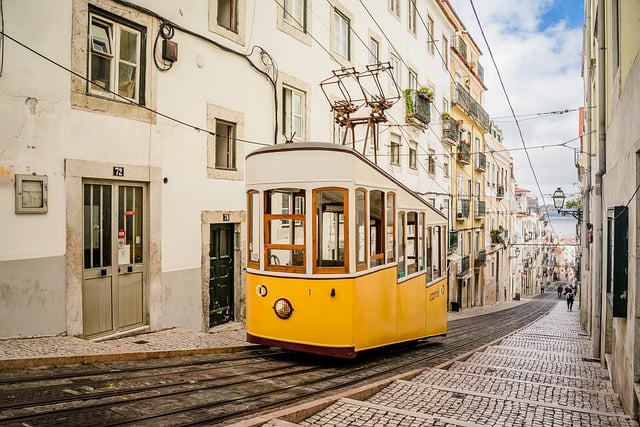
In urban planning, especially in a densely populated city like Karachi, understanding lines area proximity is vital for efficient transport and infrastructure development. The layout of roads, public transportation networks, and even pedestrian pathways must consider how people move within and between different zones. For instance, optimizing bus routes and metro lines based on population density can significantly reduce travel times and improve accessibility. Well-designed public spaces and green areas also play a crucial role in facilitating movement—they serve as natural gathering points and provide alternative routes, easing congestion on major thoroughfares.
Karachi’s unique geographical features and demographic dynamics necessitate innovative transport solutions. The city’s sprawling suburbs and bustling commercial hubs require a balanced approach to infrastructure planning. By integrating advanced traffic management systems, smart signals, and real-time data analysis, the city can better accommodate its growing population. Furthermore, encouraging the use of electric vehicles and promoting cycling through dedicated lanes can contribute to a more sustainable transport network, reducing pollution and congestion, which are persistent challenges in densely populated urban centers like Karachi.
Social and Cultural Implications for Neighborhood Dynamics
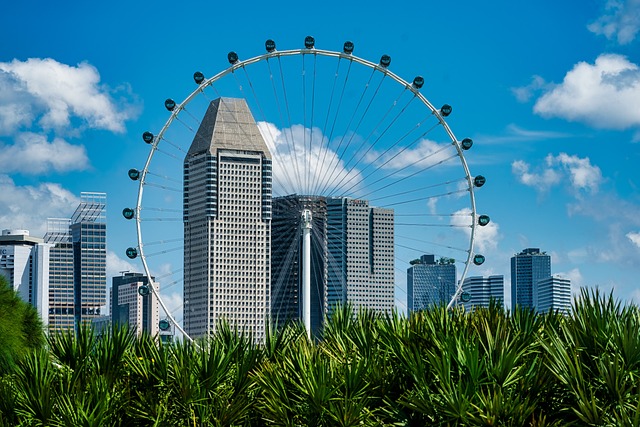
In Karachi, the dense population and intricate web of neighborhoods create a unique social fabric where lines of area proximity play a significant role in shaping neighborhood dynamics. As people live closely together, shared public spaces and common boundaries foster both collaboration and competition among residents. This proximity can lead to the formation of strong community bonds, where neighbors become extended family, sharing resources, traditions, and a collective identity. However, it also has implications for privacy and personal space, as cultural norms regarding intimate interactions and social gatherings may vary across different neighborhoods.
The social and cultural dynamics in Karachi’s neighborhoods are influenced by factors such as religious beliefs, ethnic backgrounds, and socioeconomic status. Proximity can either strengthen these cultural identities or create tensions, depending on how residents choose to engage with their neighbors. In some areas, close-knit communities thrive on mutual support and intergenerational connections, while in others, the proximity may lead to conflicts over noise levels, land disputes, or differing lifestyle choices. Understanding these social implications is crucial for urban planners aiming to promote inclusive and harmonious neighborhood development in Karachi’s diverse landscape.
Area proximity in Karachi’s urban landscape is a multifaceted factor that significantly influences real estate values, transport infrastructure, and neighborhood dynamics. Understanding these interconnections is key to navigating the vibrant yet complex cityscape of Karachi. By considering the impact on various aspects of life, from property investments to social interactions, residents and developers alike can make informed decisions that foster sustainable urban growth. This knowledge ensures that Karachi continues to evolve as a dynamic metropolis while preserving its unique cultural tapestry.
